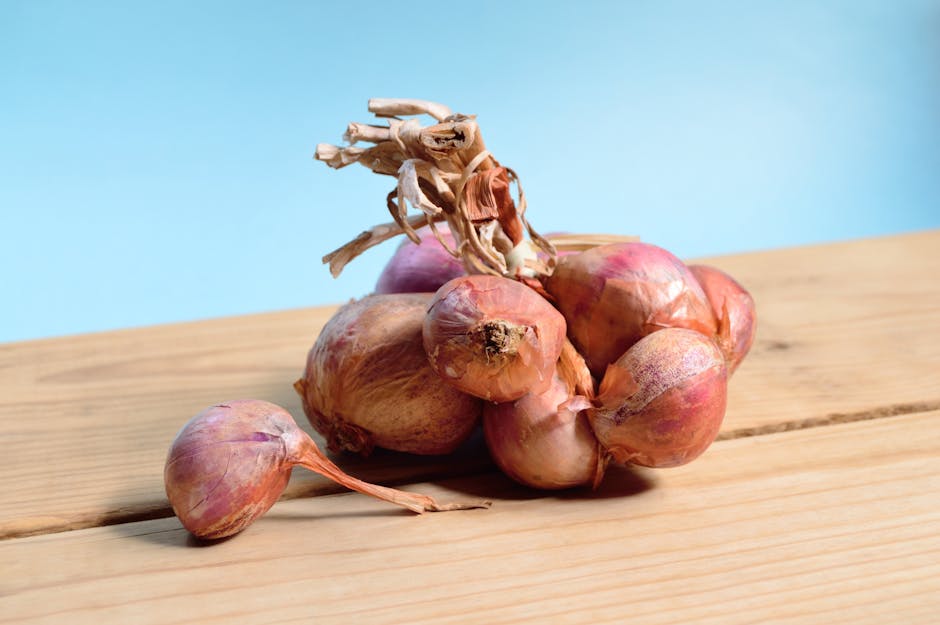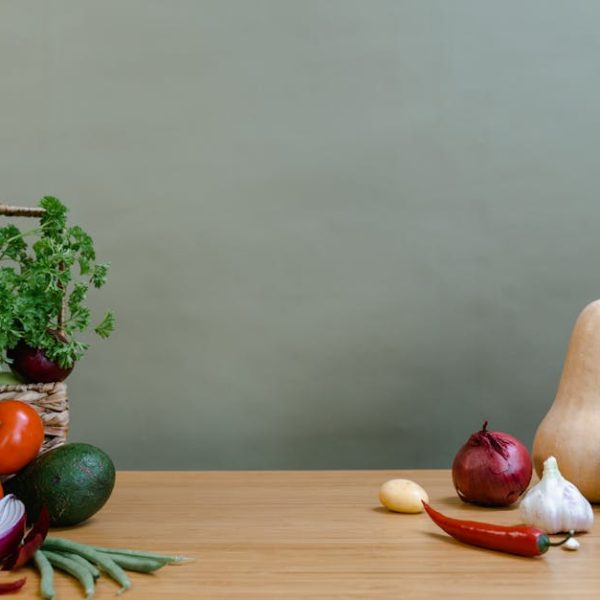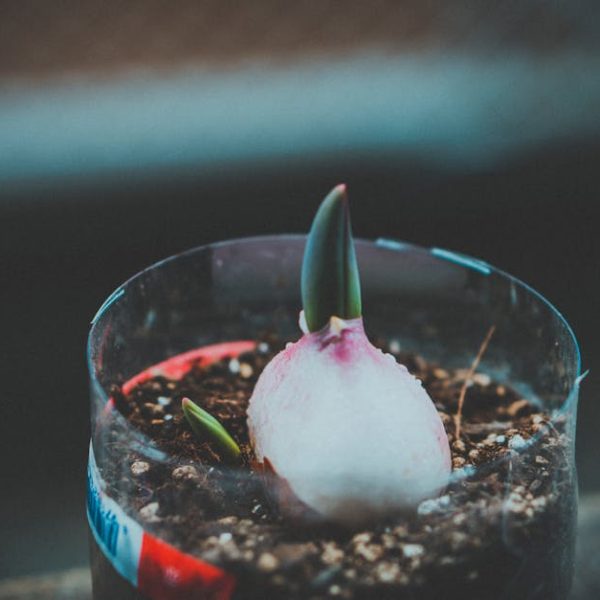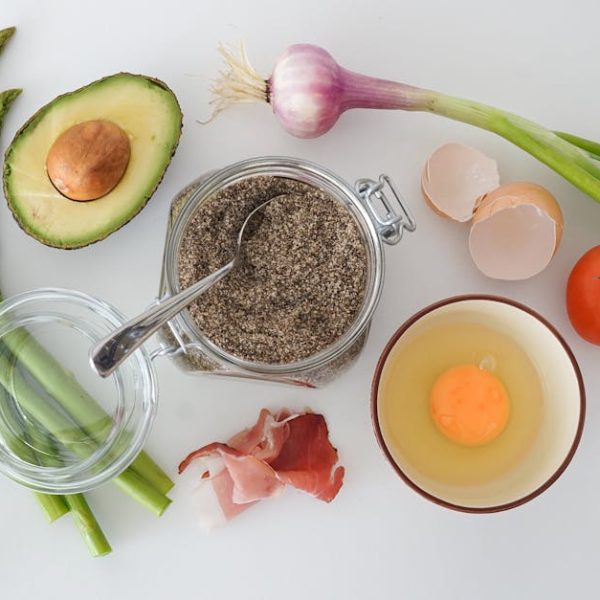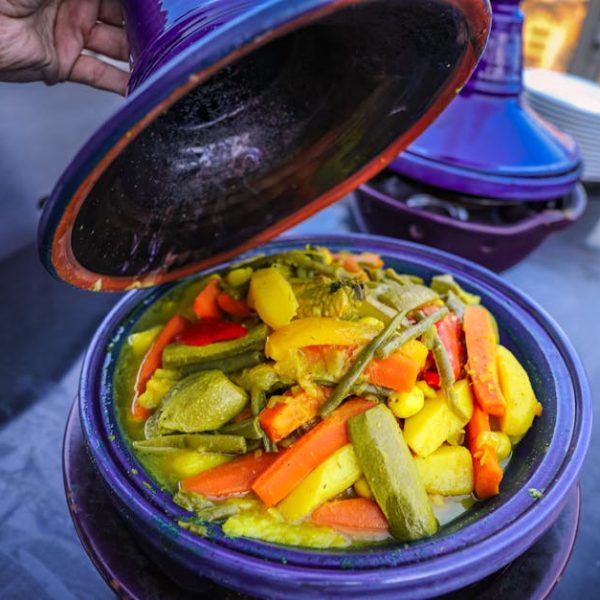Enriching dishes with distinct flavors and nutritional value, both shallots and scallions are commonly used ingredients in many diverse cuisines worldwide. But understanding their unique characteristics is crucial to leveraging them effectively in the kitchen.
Shallots and Scallions: From Seed to Culinary Asset
Shallots, cherished for their sweet and subtle flavor, originate from Central and Southeast Asia. They’re part of the Allium family – just like onions and garlic – but are unique in their growth. Instead of growing as single bulbs like onions, shallots grow in clusters, much like garlic. Their teardrop shape and coppery skin make them easily identifiable, and the flavor they grant to a myriad of dishes is just as remarkable.
Scallions, in contrast, feature a mild and crisp texture. Also known as green onions, scallions are most commonly grown in warmer climates, and unlike shallots, they’re harvested young, hence their tender, less bulbous appearance. They often find a place in raw preparations like salads or garnishing due to their fresh, subtly sweet flavor.
Quick Facts Highlight:
- While still fresh, shallots can last up to 6 months when stored properly.
- Scallions are a staple in Asian cuisines, often used in soups, fillings, and stir-fries.
- Shallots can be used raw, sautéed, or roasted – they’re a versatile ingredient.
- Scallions are often chopped finely into rounds, including both the white bulb and the green stalks in recipes.
Deciphering the Flavor Codes: Shallots vs. Scallions
The flavors of shallots and scallions add depth and intricacy to various dishes, but they possess unique taste profiles. Shallots impart a mild, yet slightly sweet and sharp taste – softer than an onion, but more flavorful than a garlic clove. Cooking shallots gently can caramelize them and enhance their inherent sweetness, making them a versatile component in numerous dishes.
Scallions, with their delicate fresh crunch and mild oniony flavor, are a boon to any dish that demands subtlety. Their ability to freshen and lighten a dish’s flavor profile makes them a favorite in salads, garnishes, and light spring soups. They’re also quite adaptable, complimenting bold flavors in dishes like stir-fries and tacos.
Best Practices:
- Caramelize shallots slowly over low heat to augment their sweetness.
- In fresh preparations, scallions should be added just before serving to maintain their brightness and fresh punch.
- While cooked shallots are excellent flavor-builders in heavy dishes, raw shallots work well in salads or vinaigrettes.
- Scallions can also be lightly grilled or briefly sautéed to tone down their sharpness and enhance their inherent sweetness.
Nutrition Unboxed: Shallots and Scallions
Given their size, you might underestimate the nutritional value packed in shallots and scallions. Both are powerhouses of vitamins and minerals that can contribute to a balanced diet.
Both shallots and scallions contain healthy compounds such as allicin, quercetin, and kaempferol, antioxidants famous for their anti-inflammatory and cardiovascular benefits. With a good amount of vitamin A and C, shallots and scallions also help bolster the immune system.
Comparison:
| Shallots(per 100g) | Scallions(per 100g) | |
|---|---|---|
| Calories | 72 | 32 |
| Fiber | 3.2g | 2.6g |
| Potassium | 334mg | 276mg |
| Vitamin C | 8mg | 18.8mg |
Shallots and Scallions: The Culinary Performers
Shallots and scallions have diverse uses in various cuisines, often stealing the show with their distinctive flavors.
Shallots, with their sweet and sharp flavor profile, are often used in classic French cooking and add a delicious depth of flavor to sauces, stews, and roast meats. They are also great in pickling, providing an exciting dimension to the overall flavor.
Scallions, on the other hand, are common in Asian, Latin, and Caribbean cuisines. Their vibrant and mild flavor can be featured in everything from soups to tacos to stir-fries. They don’t only add taste, but their bright green hue also lends a splash of color to the dishes.
Pro-Tips:
- Chop shallots finely for a subtle flavor or slice them for a stronger taste.
- When cooking with scallions, separate the white and green parts as the whites can tolerate more heat than the greens.
- Crushed shallots release more flavor due to more cell walls being broken down.
- For a more mild scallion flavor, soak chopped scallions in ice water for an hour before using.
Buying and Storing: Shallots and Scallions
When buying shallots and scallions, look for firm bulbs that have fresh-looking skins. Avoid any that have black mold or any sign of decay.
Shallots should be stored in a cool, dark, and dry place where they can stay fresh for several months. Scallions, however, need to be refrigerated in a high humidity drawer and used within a week.
Checklist:
1. Look for firm and blemish-free shallots and scallions.
2. For shallots, look for bulbs that are heavy for their size.
3. For scallions, look for vibrant green tops and white, unblemished bulbs.
4. Store shallots in a cool, dark, and dry place.
5. Store scallions in a high humidity drawer in the refrigerator.
6. Try to use scallions within a week for best flavor and nutritional value.
Key Takeaway:
- Shallots and scallions, despite belonging to the same Allium family, possess unique characteristics, not the least of which are their distinct flavour profiles.
- Shallots are cherished for their sweet, mild, and sharp taste, while scallions are celebrated for their delicate fresh crunch and mild oniony flavour.
- Nutritionally, both shallots and scallions are packed with vitamins and minerals, with additional health benefits thanks to compounds such as allicin, quercetin, and kaempferol.
- Their versatile nature sees them incorporated across various cuisines, with shallots commonly used in French cooking and scallions often showcased in Asian, Latin, and Caribbean cuisines.
While every ingredient has a unique charm, the distinct flavours and nutritional benefits of shallots and scallions certainly make them stand out. Include them in your menu to add not only diversity but also a nutritional punch to your meals. Remember that by understanding the nature of your ingredients, you can bring out their best in your culinary creations.
FAQs
Q: Can I substitute shallots for scallions in recipes?
A: While shallots and scallions are both part of the Allium family, they carry unique flavour profiles. Shallots have a sweeter, milder taste, whereas scallions deliver a mild oniony flavor. Therefore, substituting one for the other could alter a recipe’s taste significantly. Hence, it is better to stick with the recipe or find a more suitable substitute if required.
Q: Can shallots and scallions be eaten raw?
A: Yes, both shallots and scallions can be eaten raw. Scallions are widely used raw in salads and as garnishes, while shallots are commonly used raw in salads and vinaigrettes due to their mild flavor.
Q: How should shallots be stored for maximum shelf life?
A: Shallots should be stored in a cool, dark, and dry place. When stored properly, they can stay fresh for several months.
Q: Are there any specific dishes where shallots are a better choice than scallions?
A: Shallots, with their sweet and sharp flavor profile, are often used in classic French cooking such as sauces, stews, and roast meats. However, the choice between shallots and scallions depends on the flavor profile you are looking to achieve in your dish.
Q: Are shallots and scallions good for my health?
A: Yes, both shallots and scallions are packed with vitamins and minerals, and they contain healthy compounds such as allicin, quercetin, and kaempferol that are known for their anti-inflammatory and cardiovascular benefits.
We invite you to share this article with others who might appreciate learning more about the unique characteristics of shallots and scallions. Explore more articles on our website for more insightful culinary advice and information.
